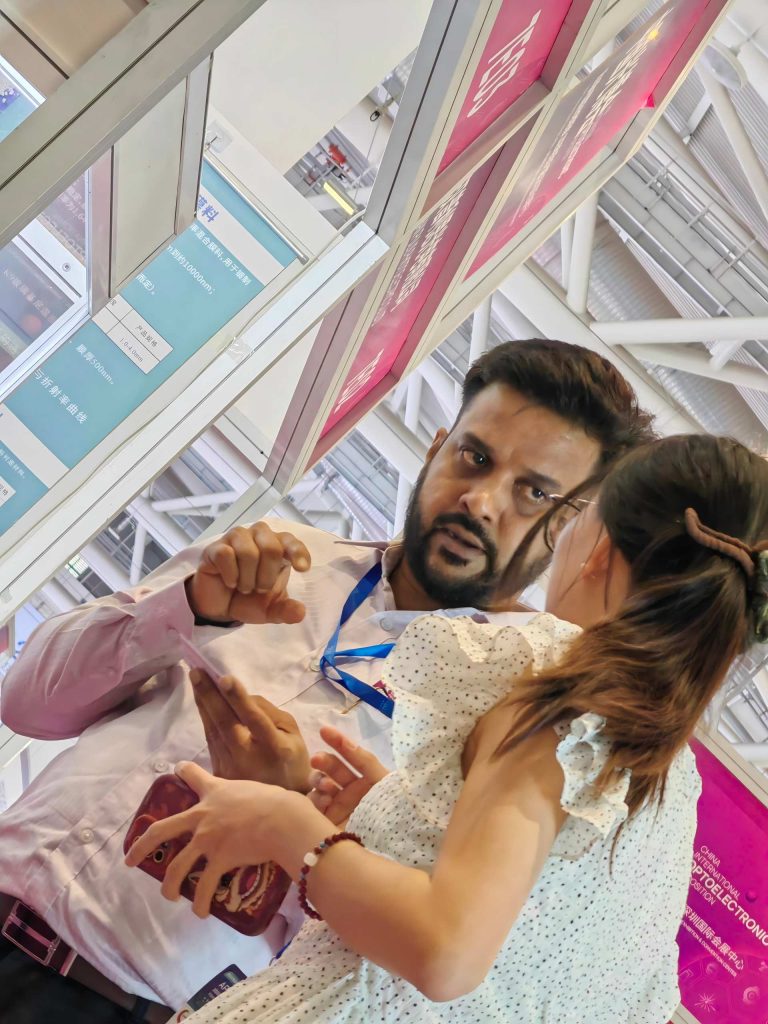Standard pcb board thickness is 1.6mm, for circuit surface finishes, there are mainly 4 kinds. In this artical, we will introduce the difference between them.
Advantages and Disadvantages
Printed Circuit Board (PCB) surface finishes are critical coatings applied to protect copper traces from oxidation and ensure solderability during assembly. The choice of finish significantly impacts performance, reliability, and cost. Here, we explore four primary types: HASL, ENIG, OSP, and Immersion Silver.
HASL (Hot Air Solder Leveling)
Advantages: HASL iscost-effective and widely available, making it suitable for budget-conscious projects. It offers excellent solderability for through-hole components and general applications.
Disadvantages: The surface is uneven , which challenges fine-pitch component assembly. It is also unsuitable for high-frequency circuits with Standard pcb board thickness due to signal integrity issues.
ENIG (Electroless Nickel Immersion Gold)
Advantages: ENIG provides a flat, smooth surface, ideal for fine-pitch components and high-density interconnects (HDI). It delivers superior corrosion resistance , excellent solderability, and compatibility with high-frequency applications.
Disadvantages: It is more expensive than HASL and prone to “black pad” defects (nickel layer oxidation) if poorly controlled, risking solder joint failures.
OSP (Organic Solderability Preservative)
Advantages: OSP is eco-friendly and low-cost, suitable for short-term applications and single reflow cycles. It preserves surface flatness for fine-pitch components.
Disadvantages: It has limited durability, degrading quickly in humid environments or during multiple reflow cycles. It also requires careful handling to avoid oxidation.
Immersion Silver
Advantages: This finish offers excellent signal integrity for high-frequency and high-speed circuits due to low electrical resistance. It provides good solderability and a flat surface.
Disadvantages : Silver is prone to tarnishing under humidity or sulfur exposure, reducing shelf life. It is less durable than gold-based finishes.
Conclusion(Standard pcb board thickness)
Selecting the right surface finish involves balancing cost, application requirements (e.g., high-frequency, fine-pitch), and environmental factors. While HASL and OSP are economical for simpler designs, ENIG and Immersion Silver excel in high-performance scenarios despite higher costs.
